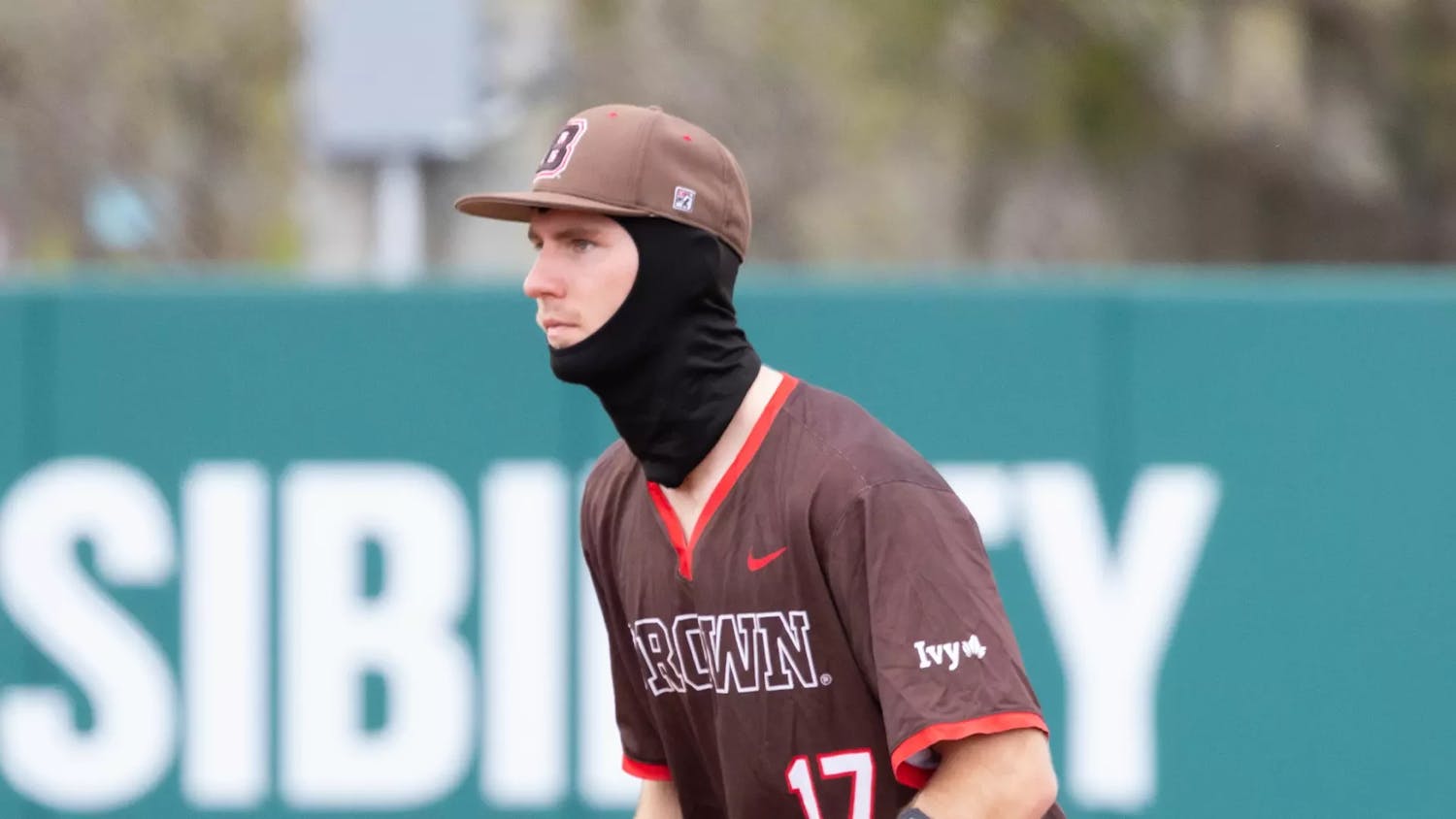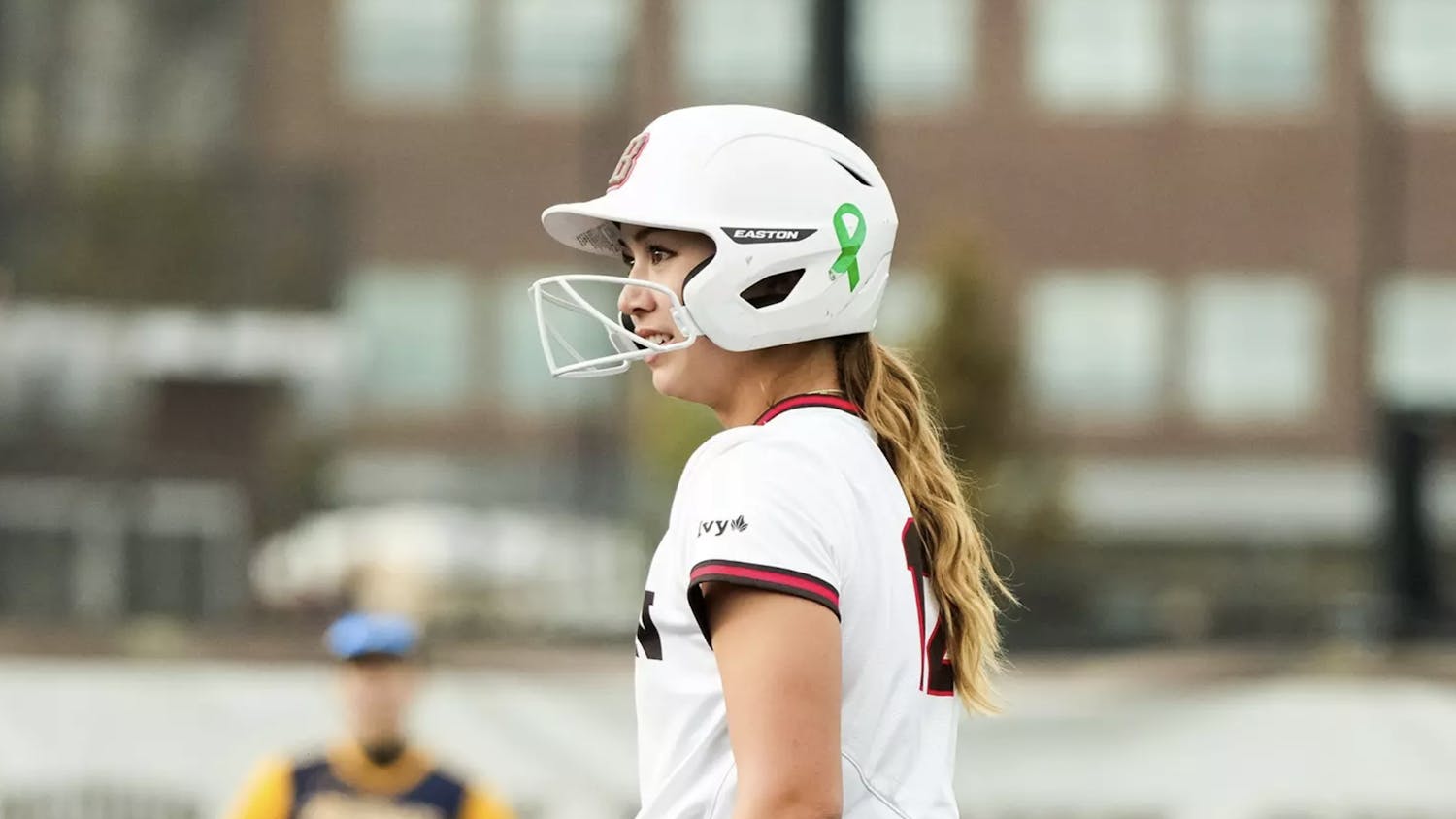Take a moment out of your day and follow me, if you will, on a trip to Tempe, Arizona, which is home to the Los Angeles Angels’ Spring Training facility. You’ll thank me for dragging you along when we get there: We’re going to observe one of the most exciting baseball phenomena of the millennium.
This player has gone by many names. ShoTime. GOATani. A modern-day Babe Ruth. But whatever you want to call Shohei Ohtani, one thing you can’t call him is mundane, ordinary or business as usual. It’s hard for me to understand how Ohtani could be anything less than the most exciting baseball story of the year, or even the decade. And the season hasn’t even started yet.
If you’re not familiar with Ohtani’s story, here it is. He spent the first five years of his professional baseball career in the Japan Pacific League, which is part of Japan’s highest professional baseball league, Nippon Professional Baseball. As a pitcher, Ohtani has always been formidable: Over the course of his five seasons in Japan, he put up an earned run average of 2.52, won 42 games and lost only 15. In 2014, he threw the fastest pitch in Japanese baseball history, at 102.5 miles per hour.
But lots of pitchers excel in Japan, and many of them have also excelled in the United States. Daisuke Matsuzaka, Yu Darvish, Masahiro Tanaka, Hiroki Kuroda, Koji Uehara … the list goes on. Here’s the thing though: Ohtani isn’t even on the list. He’s in another dimension. Here’s why: on his off-days, Ohtani doesn’t rest in the dugout or the bullpen. He plays the outfield.
In 2016, while pitching to a 10-4 record with a 1.86 E.R.A., Ohtani broke out at the plate, batting .322/.416/.588, with 22 home runs in only 104 games. Though his 2017 season was shortened by injury, he again batted .322, and put up a .942 on-base plus slugging. And then he came over to the MLB and signed with the Angels. And manager Mike Scioscia assuaged whatever doubt remained when he said at Ohtani’s introductory press conference, “We definitely plan on him being a two-way player, there’s no doubt about that.”
With the Angels, Ohtani will likely not be a full-time outfielder when he’s not pitching: Rather, the Angels have indicated that he will share designated hitter duties with Albert Pujols. But Albert Pujols is 37, and was one of the least valuable players in baseball last year. Shohei Ohtani is 23. And — this bears repeating — he has been called the next Babe Ruth.
So, here we are. As the 2018 MLB season begins, the Angels will take the field with a player capable by all indications of simultaneously winning a Silver Slugger and a Cy Young. And for the life of me, I don’t understand why baseball fans — or, really, all of America and most of the world — aren’t more excited about this.
So far, we’ve only gotten a few brief glimpses of Ohtani in training with the Angels. What we’ve seen doesn’t tell us much. Ohtani has gotten off to a slow start on both sides of the ball, but it is also Spring Training, where statistics mean very little, and he has shown nothing but potential. While the numbers from his first start of the spring didn’t look spectacular, several of the pitches did: Ohtani made opposing hitters look foolish, and at times, seemed to simply defy physics.
But the real allure of Ohtani, right now, isn’t seeing him play. It’s imagining just how good he could be. At 23 years old with a 102 mile per hour fastball and the potential to bat .300/.400/.500 or better with 30-plus home run power, Ohtani, for all intents and purposes, is two complete players, both of whom have superstar potential on their own. I would be thrilled to have the opportunity to watch a player with Ohtani’s background and pitching numbers, or one with the offensive statistics he put up in Japan. To see them both, in the same player, is nothing less than a breathtaking baseball experience.
This will not happen, but imagine the kind of career numbers a successful Ohtani could put up. Over a 20-year career, he could hit 500 home runs and bat a career .300/.400/.500, while also winning 300 games as a starter with an E.R.A. near or below 3.00. This, I can confidently say, will not happen: It’s baseball and nothing ever works out that well. But for the first time in my living memory, MLB has a player who brings such an outcome into the realm of possibility. And the chance to watch such a player, for as long as his legend persists, isn’t something to be squandered.
James Schapiro can be reached at james_schapiro@brown.edu. Please send responses to this opinion to letters@browndailyherald.com and op-eds to opinions@browndailyherald.com.
Correction: An earlier version of this column misspelled Ohtani as Otani. The Herald regrets the error.




